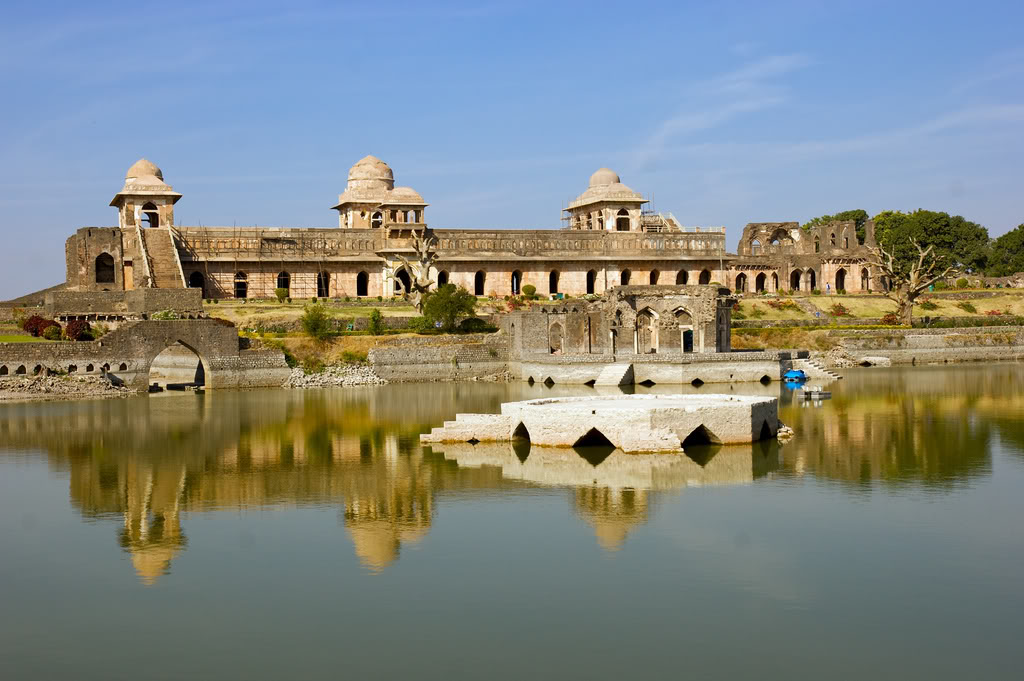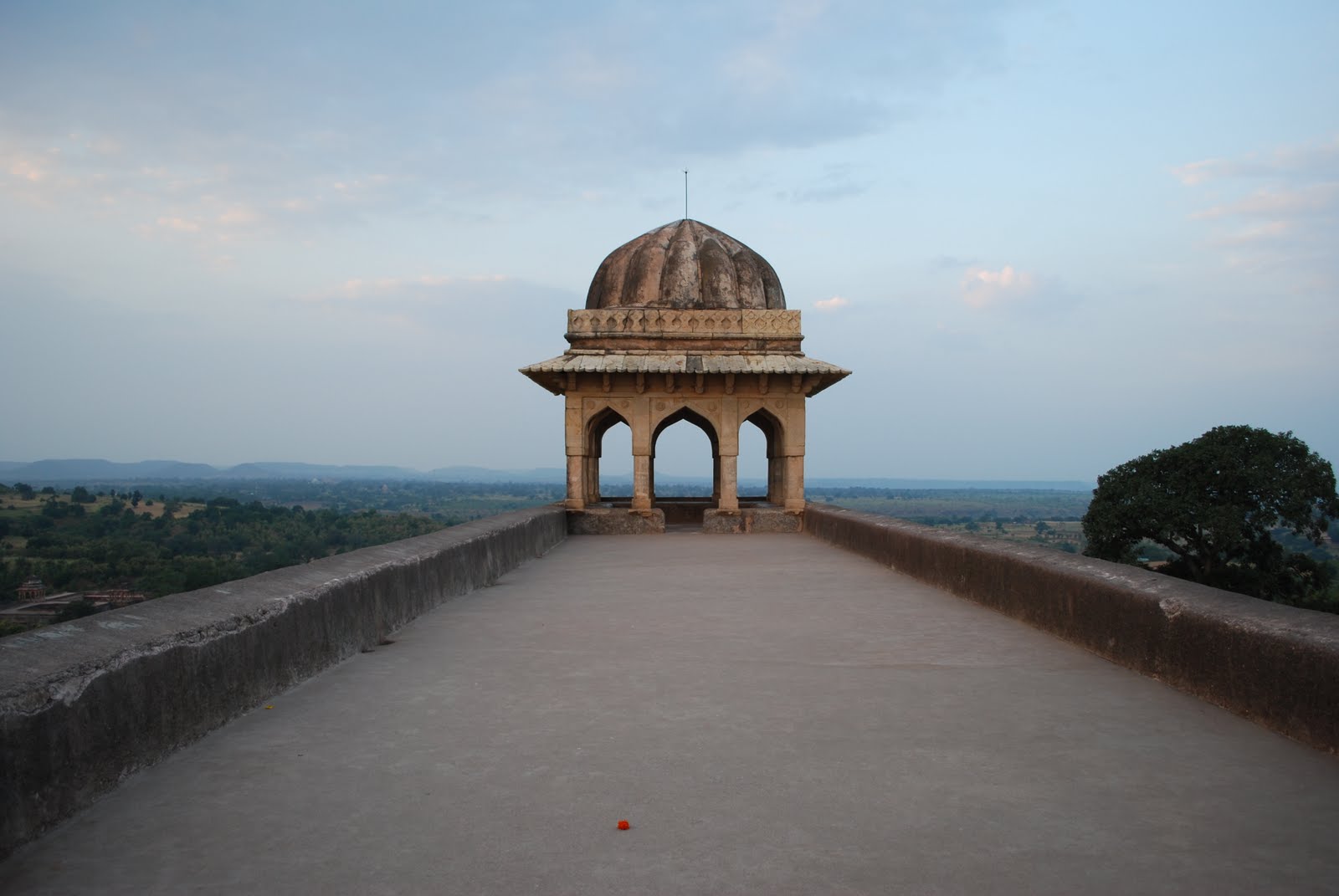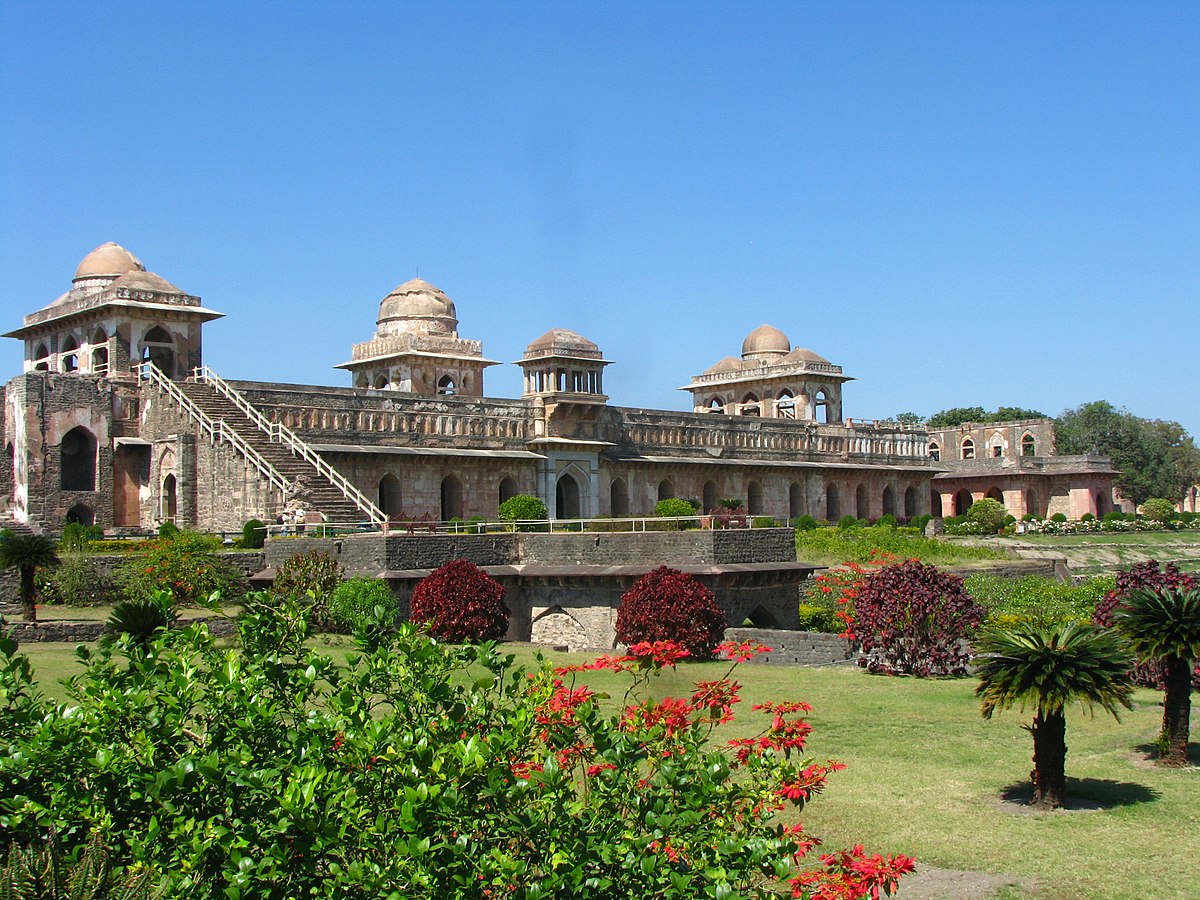Mandu
Mandu to Goa Tour Package
4 days, 3 nights
₹16,499



Mandu, also known as Mandavgarh, is a mesmerizing historical city located in the Malwa region of Madhya Pradesh, India. Nestled amidst the Vindhya Range and overlooking the Narmada River valley, Mandu is a treasure trove of architectural marvels, romantic legends, and scenic landscapes. The city's history dates back to ancient times, and it flourished during the reign of the Parmar rulers and the Sultanate of Malwa. Mandu's illustrious past is evident in its grand forts, palaces, and mausoleums, showcasing the fusion of Hindu and Islamic architectural styles. The timeless romance of Baz Bahadur and Rani Roopmati, two legendary figures from Mandu's history, adds to the city's allure. In this article, we will delve into the captivating aspects of Mandu, including its art and culture, the best places to visit, and the exciting activities that await travelers in this historical and picturesque destination.
Mandu is a captivating destination that offers a glimpse into the grandeur of its historical past and the serene beauty of its natural landscapes. The city's art and culture, with its splendid architectural marvels, romantic legends, and serene surroundings, create an enchanting ambiance that lingers in the hearts of travelers. Whether exploring the palaces and tombs, witnessing the sunrise from Rupmati Pavilion, or taking a boat ride on Rewa Kund, Mandu offers a rich and unforgettable experience. It is a timeless citadel of romance and architectural brilliance, making it a must-visit destination for history buffs, architecture enthusiasts, and nature lovers alike.
Mandu's culture is deeply intertwined with its architectural heritage, with monuments that reflect the blend of Hindu and Islamic influences.
a) Architectural Marvels: The city is renowned for its magnificent forts, palaces, and tombs, showcasing a unique amalgamation of Hindu and Afghan architectural styles.
b) Jahaaz Mahal: The Jahaaz Mahal, or Ship Palace, is a spectacular structure with two stories resembling a ship floating on water. It was built as a harem for the sultan's pleasure.
c) Jahaz Mahal: The Jahaz Mahal, or Ship Palace, is a spectacular structure with two stories resembling a ship floating on water. It was built as a harem for the sultan's pleasure.
d) Hoshang Shah's Tomb: The tomb of Hoshang Shah is one of the earliest examples of Afghan architecture in India and served as an inspiration for the construction of the Taj Mahal.
e) Rani Roopmati Pavilion: This pavilion, situated on a hill, offers stunning views of the Narmada River valley and is associated with the legendary romance between Baz Bahadur and Rani Roopmati.
f) Baz Bahadur's Palace: The palace of Baz Bahadur, the last sultan of Mandu, showcases the exquisite Malwa architecture and offers insights into the region's historical past.
g) Mandu Fort: The Mandu Fort, also known as Shadiabad Palace, is a massive structure that served as a defensive fortress during various reigns.
Mandu's historical and architectural treasures offer a journey back in time, allowing travelers to marvel at the grandeur of its structures.
a) Rewa Kund: Rewa Kund is a reservoir that provided water to the palaces and gardens of Mandu, creating a picturesque landscape.
b) Rupayan Museum: The Rupayan Museum houses a collection of artifacts and exhibits that provide insights into Mandu's historical and cultural heritage.
c) Nilkanth Mahal: Nilkanth Mahal is an ancient temple with exquisite architecture, dedicated to Lord Shiva.
d) Echo Point: Echo Point is a scenic spot that offers echoes of sounds, creating a unique experience for visitors.
e) Bagh Caves: Located near Mandu, the Bagh Caves are ancient Buddhist caves known for their intricate carvings and paintings.
f) Chhappan Mahal Museum: The Chhappan Mahal Museum is housed in a former palace and displays a fascinating collection of antiques and artifacts.
g) Ashrafi Mahal: Ashrafi Mahal, a historic building, was once a madrasa and library during the Malwa Sultanate.
h) Hathi Mahal: The Hathi Mahal, or Elephant Palace, is an ancient structure with elephant-shaped brackets supporting its balconies.
i) Jama Masjid: The Jama Masjid of Mandu is an impressive mosque, showcasing Indo-Islamic architecture.
j) Darya Khan's Tomb: Darya Khan's Tomb is an elegant mausoleum dedicated to Darya Khan, a nobleman of the Malwa Sultanate.
Mandu offers a range of experiences that allow travelers to immerse themselves in its historical grandeur and natural beauty.
a) Light and Sound Show: Attend the light and sound show at Mandu Fort to witness the history of the city come alive through captivating narrations and visual effects.
b) Sunrise at Rupmati Pavilion: Experience the breathtaking sunrise from Rupmati Pavilion, offering panoramic views of the Narmada River valley.
c) Trekking to Roopmati's Pavilion: Embark on a trek to Rani Roopmati's Pavilion, enjoying the scenic beauty of the surroundings and the historical significance of the place.
d) Photography Tour: Capture the architectural splendor and natural landscapes of Mandu through a photography tour.
or
Fill up the form below and we will get back to you soon.
This site is protected by reCAPTCHA and the
Google Privacy Policy and Terms of Service apply.